A fully circular production system in the next ten years?
It’s not hard to be excited about the possibilities that greenhouse production has for becoming the most sustainable, circular and lowest carbon emission way to grow food in the future. The possibility to combine agriculture and horticulture waste products to reclaim fertiliser could be a game changer (urban mining). The possibility is, that by 2030, greenhouses in the Netherlands could make the transition to a fully circular production system. Dutch growers could be producing exotic fruits, potentially reducing their carbon footprint massively simply by cutting the transport required to ship produce from far away countries.
New Zealand is an island nation, isolated and rich in resources. We have the ability to produce enough crops without having to rely on foods being imported. Agriculture could play a vital role supporting the horticulture sector, not just from methane extraction for energy but also recycling fertiliser (see 1. Bioreactors, urban mining and microbiology in the article below)
Horticulture and Agriculture are simply two major ingredients for food security. The mining of fertiliser is not infinite, it will end and when it does will we be ready?
Below is an article I highly recommend. No matter what your involvement, in the protected cropping industry, this is well worth the 5 minutes to read.
I appreciate your comments. Please feel free to comment on the grower2grower Facebook page:
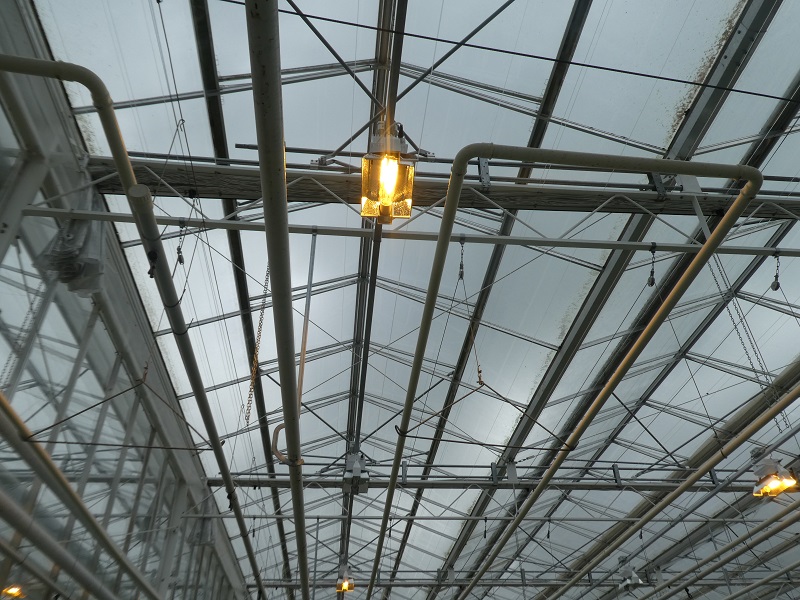
Source: State of Green https://stateofgreen.com/en/
https://stateofgreen.com/en/partners/rockwool-group/solutions/the-greenhouse-in-ten-years/
The greenhouse in ten years
The horticultural sector is already a pioneer when it comes to sustainable, clean and safe food production. But how is the sector going to make the transition to a fully circular production system in the coming ten years?
While the industry is well on its way to become circular, there are a few bottlenecks we still need to overcome if we want to truly close our production cycles. The sector’s main challenge is to manage the in- and outgoing (material) flows in the greenhouse, including those of fertilizers and CO2. Additionally, greenhouses also have high energy needs and too much plastic is currently being used and thrown away in the sector. How can we overcome these bottlenecks? In this Food Forward we discuss the bottlenecks and possible solutions for this transition with three experts from the sector: dr. Wouter Verkerke, senior scientific researcher at the Business Unit Horticulture at the Wageningen University & Research (WUR), Peter Spoor, Director Applications and Development at Grodan and Sander van Golberdinge, Public Affairs Manager at Grodan. They also discuss new research and opportunities in the sector, including the potential use of micro-organisms and organic growing solutions in rootzones, the development of the ingredient farm and the cultivation of strawberries and lettuce in the greenhouse.
For Wouter Verkerke, Peter Spoor and Sander van Golberdinge the future is crystal clear: within ten years the horticultural industry will be circular. Local cultivation will become more prominent, the ingredient farm will be a new business model and it’s likely that in just a few years we will be able to buy exotic fruits from the Netherlands in our own supermarkets. These developments will allow production cycles to become shorter and truly closed. But how is the horticultural industry going to make this transition?
Circularity as a revenue model
Verkerke is optimistic about the horticultural sector’s transition to a circular economy: “What’s exciting is that there are already many solutions and ideas available for this issue, so I have a lot of faith that we as a sector can make this transition.” Verkerke emphasizes the important role the Netherlands can play in this transition: “Circularity is a revenue model. I see a lot of willingness in the Netherlands to invest in circular systems because we can sell our knowledge to the rest of the world as well. Corporations and growers are realizing that they have a responsibility for the continuity of the sector because, whether they like it or not, natural resources are going to run out at some point. This is a worldwide issue, so we need to think of new solutions together. In the Netherlands we already have a good idea of how to organize this. I see a rich breeding ground for innovation, an intellectual playing field and healthy rivalry here. We inspire each other, love to take on challenges and make sure we create business models that actually result in extra income for us.”
Demand for healthy, safe and sustainable food
While the horticultural sector is making the transition to a circular economy, the demand for healthy, safe and sustainably produced food will increase as well. The good news is that the horticultural industry has already taken great steps to meet this demand. Van Golberdinge: “The horticultural sector is the most promising sector when it comes to the sustainable production of healthy food. We grow out of the soil on growing media solutions, so we can control all the elements in order to produce clean and safe vegetables and fruit. With this production method the use of water and nutrients in the greenhouse is kept at a minimum and we mostly use biological crop protection products. Because of this, I think our sector is best positioned to meet the increasing demand for healthy, safe and sustainable food as the first, or maybe even the only, industry.”
Bottlenecks and solutions
The horticultural industry is well on its way, but there are a few bottlenecks we still need to overcome if we want to truly close our production cycles. According to WUR’s Business Unit Horticulture, the main challenge is to manage the in- and outgoing (material) flows, including those of fertilizers and CO2. Additionally, greenhouses also have high energy needs and too much plastic is currently being used and thrown away in the sector. How can we overcome these bottlenecks? Below, Verkerke, Van Golberdinge and Spoor share a few examples of possible solutions.
1. Bioreactors, urban mining and microbiology
Crops grown in a greenhouse need fertilizer, and for fertilizer we are currently dependent on potassium and phosphate from mines. But these will run out at some point. That’s why we need to find ways to reuse these existing resources. “As we speak, two companies are building prototypes for bioreactors (= a barrel in which biological processes take place). With these, we can remove fertilizers from the residual streams of the livestock and horticultural sector and reuse them in the greenhouse. The bioreactors can also release CO2 during this process, which can in turn be used to feed the crops in the greenhouse,” explains Verkerke.
“In addition to this, I think urban mining has high potential. This is a process in which we reclaim the fertilizers that are released from the drain (for example from digested tomatoes and cucumbers). To close the cycle the urban mining systems of the future can harvest the valuable fertilizers from the drain and lead them back into the production process of the greenhouse. The advantage of this is that these fertilizers can be used in the bioreactors as well. In that way, we create new and closed production cycles and we connect the agricultural and horticultural sector to each other. This is actually a solvable problem, which makes me very enthusiastic!”, adds Verkerke.
Grodan is also part of a study that looks into reducing fertilizers in the rootzones of stone wool growing media solutions. Spoor: “We want to establish a more balanced ecosystem within the rootzones. That’s why we participate in research on the use of micro-organisms and organic growing solutions in rootzones. We also want to have more control of the microbiology in the crops’ rootzones. As a result of this, you will get healthier, better balanced crops. As a member of the Club of 100 from the Wageningen University we are able to get in touch with companies and researchers who study the micro-organisms in rootzones. Together we look at ways to apply our findings in our growing media solutions.”
2. Plastic reduction
Currently, high amounts of plastic are being used in the greenhouse: plastic foil on the ground, plastic straps around the crops and plastic foil around the substrates. This is an important point of concern for Grodan. That’s why the business is currently conducting several studies with the goal of reducing the use of plastic in their products, while maintaining the substrate’s quality. As of today, Grodan has already reduced its plastic usage by ten percent in comparison to last year by making adjustments to their growing media solutions. But the company has even larger ambitions. Spoor: “Ultimately, our goal is to find the most sustainable solutions. That’s why we explore several different solutions to reach this goal. For example, we are currently testing foils which consist 30 percent out of recycled plastics. We are also investigating the use of
prototypes of degradable paper covers around our substrates.”
3. Recycling
Additionally, Van Golberdinge and Spoor are very excited about the steps Grodan has made in the area of recycling. “In Western Europe, 90 percent of our product is currently being recycled into red bricks, a high quality product. At the moment we’re also working hard outside of Western Europe to recycle as many of our products as possible. This is a challenge because we’re dealing with different rules and regulations in each country,” explains Spoor. “A major step for us is that we started this year to recycle our used projects in our own factories in Russia. We also set up a new system in the United Kingdom, where all our used substrates are being brought back to red brick factories for recycling. We’re very proud of these developments,” says Spoor.
4. Energy-neutral
At the moment, many greenhouses in the Netherlands operate on gas, but a transition in this area is on its way as well. Verkerke: “I see the sector is already working more efficiently with gas. For example, growers are looking into better isolation materials, LED lighting, and alternative energy sources such as geothermal energy.” The WUR built a demonstration greenhouse in Bleijswijk (Netherlands), the “Greenhouse 2030”, which operates 100 percent on electric power. In this greenhouse, strawberries, gerberas fresia and potanthurium are grown emission-free, without the use of fossil fuels. Verkerke adds: “Also here you can see that the solutions are already available. I expect the sector’s pioneers will get inspired by this greenhouse and will start experimenting themselves as well. They are likely to find new, additional solutions and the sector as a whole will take important steps towards an energy-neutral production process. However, it’s important to mention that we can only become fully CO2-neutral if there’s enough wind and solar energy availability.”
5. Local cultivation
Besides from finding solutions to the above mentioned bottlenecks, Verkerke, Spoor and Van Golberdinge expect the sector will also develop more in the area of local cultivation in the coming years.
Van Golberdinge: “If we keep on importing vegetables and fruit from countries across the globe, we will continue to have a negative footprint on the environment. Moreover, the corona virus and the current political climate have made it clear that we should be less dependent on other countries. That’s why I believe we are moving towards more local cultivation. And the horticultural industry will play an increasingly larger role in this development, because this sector can guarantee the production of safe and healthy food products. And the great thing is: as a result of this, other crops will also be grown circularly and the distances – or in other words, production cycles – will get shorter as well”.
6. New (exotic) crops
As the sector moves towards more local cultivation, it’s likely we will also see an increase of new crops in different indoor facilities, according to the three experts. Spoor: “Crops are increasingly being taken out of the soil as more advanced growing techniques, such as vertical farming, are being developed. At Grodan we investigate how we can adjust our growing media solutions so strawberries and lettuce can be grown optimally on our substrates.” For example, Grodan is currently involved in a trial at Proefcentrum Hoogstraten, where strawberries are grown on stone wool growing media solutions.
Verkerke also anticipated this new development and is now business development manager of the “Greenhouse Pharmacy” program. Verkerke: “In the Netherlands, we are crazy about exotic fruits like papayas and mangos, but we still import them by plane from remote countries. Because of this, these fruits continue to have a high CO2-footprint. In the Greenhouse Pharmacy we carry out different trials to grow exotic fruits and ingredients in a Dutch greenhouse. A great example is our collaboration with Sunfresh, which published the first results of papayas grown in the greenhouse earlier this year,” he shares enthusiastically. “We don’t have the ambition to take over other countries’ full production processes with this project. But if we can ensure a small, but guaranteed and constant amount of these types of fruit from the Netherlands, we foresee less fluctuations in prices. This delivery security will bring stability in the food chain, which in turn has a positive effect on guaranteeing food security and safety,” according to Verkerke.
The ingredient farm
On top of all this, Verkerke’s team is also testing the possibilities of growing ingredients for the food and pharma industry, such as medicinal cannabis, aloe vera, vanilla and chili peppers. Verkerke: “I think the ingredient farm is going to be a new booming business. At the moment, some ingredients do not reach Europe or have a bad quality. By growing certain ingredients in greenhouses in the Netherlands, you are assured a high quality, clean production process so it makes sense we will have to start producing these types of ingredients ourselves as well. And we are actually able to do this. The available solutions are endless and I am sure the Netherlands, with its extensive knowledge of the sector, can play an important role in this”.
Ready for the future
Verkerke, Van Golberdinge and Spoor all agree that the horticultural industry is going to make a huge transition in the
coming ten years. Circularity will be a license to operate, as well as a revenue model for many Dutch growers. During this transition, collaboration in the sector is crucial. By forming coalitions between different players, the sector will prepare itself for the future. And the good news is: the horticultural sector is already a pioneer when it comes to sustainable, clean and
safe food production. According to the three experts, the sector’s entrepreneurial spirit and knowledge will definitely contribute to this transition in the coming years and will ensure that existing systems and processes are redesigned to enable a transition to a circular economy.




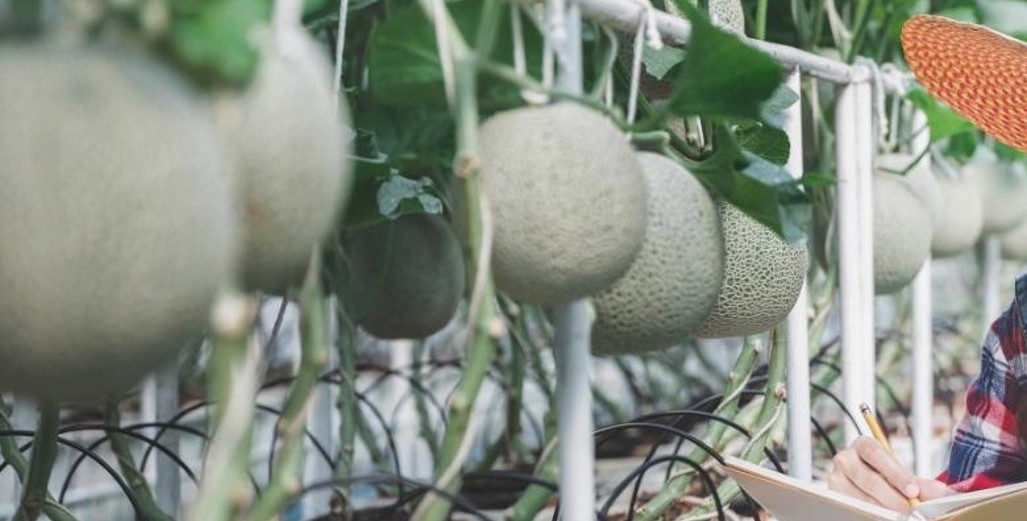



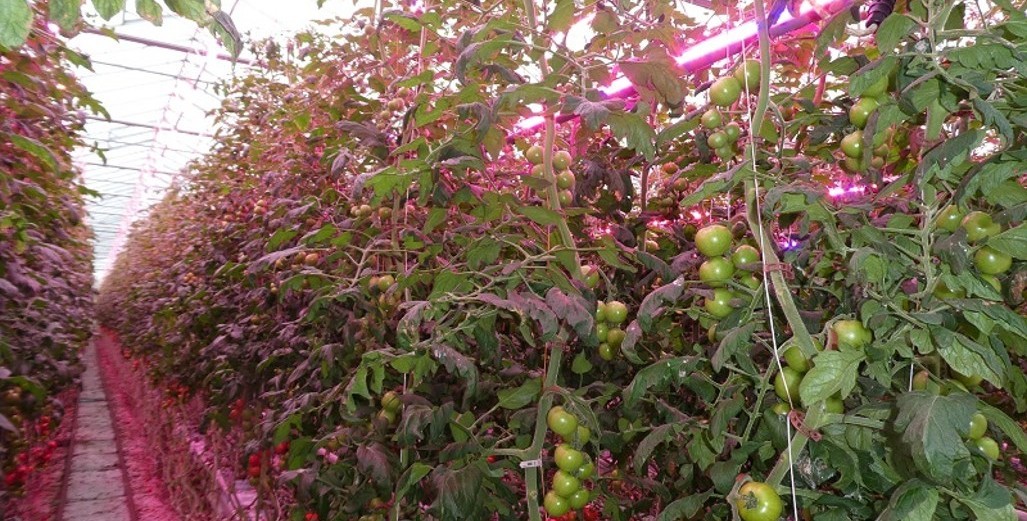

.jpg)

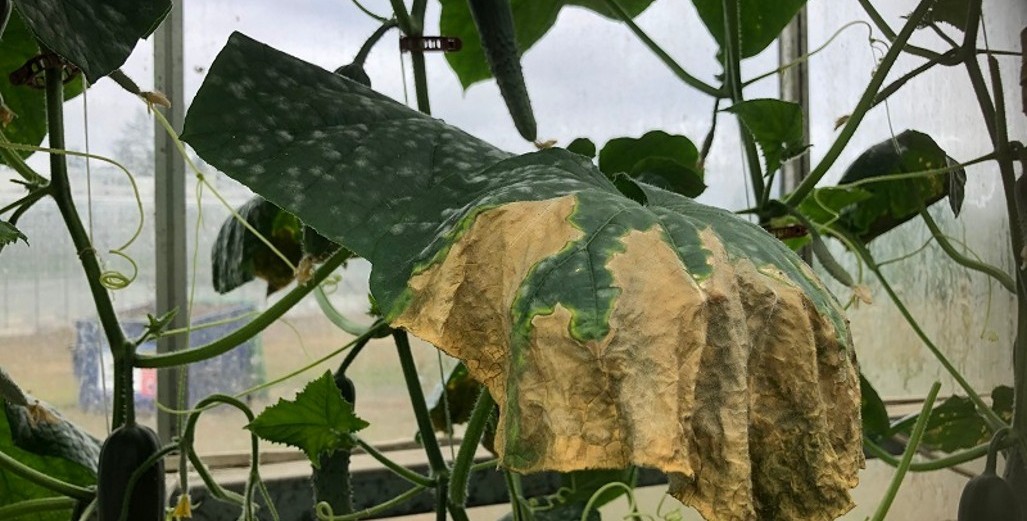
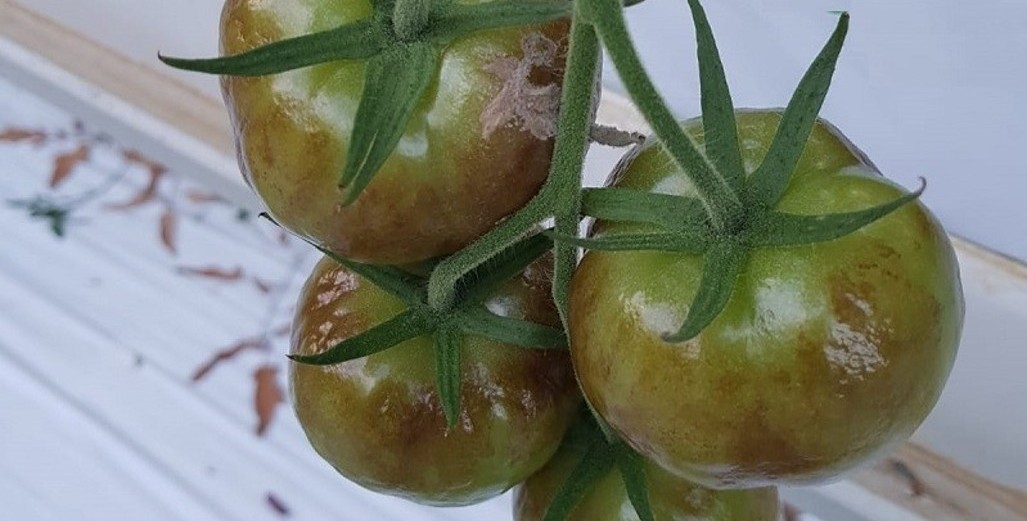

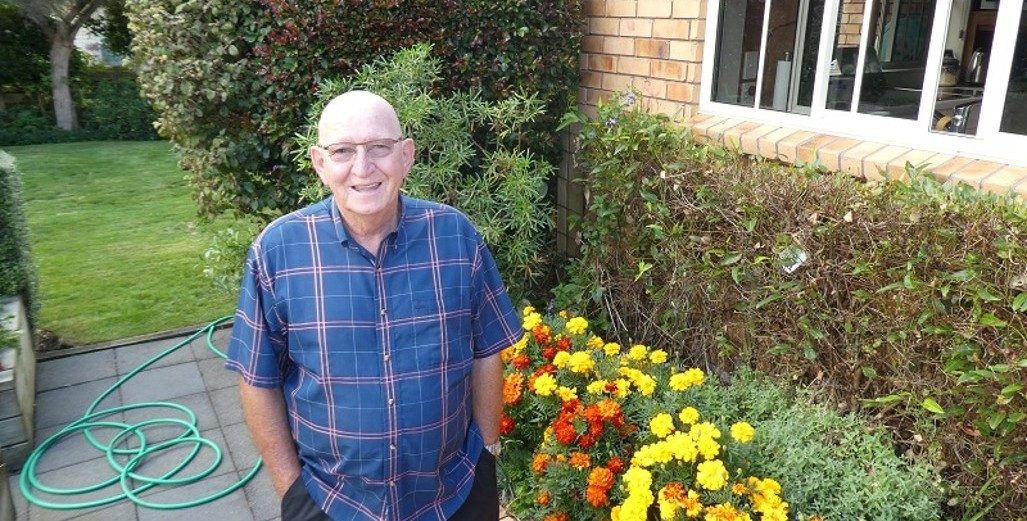
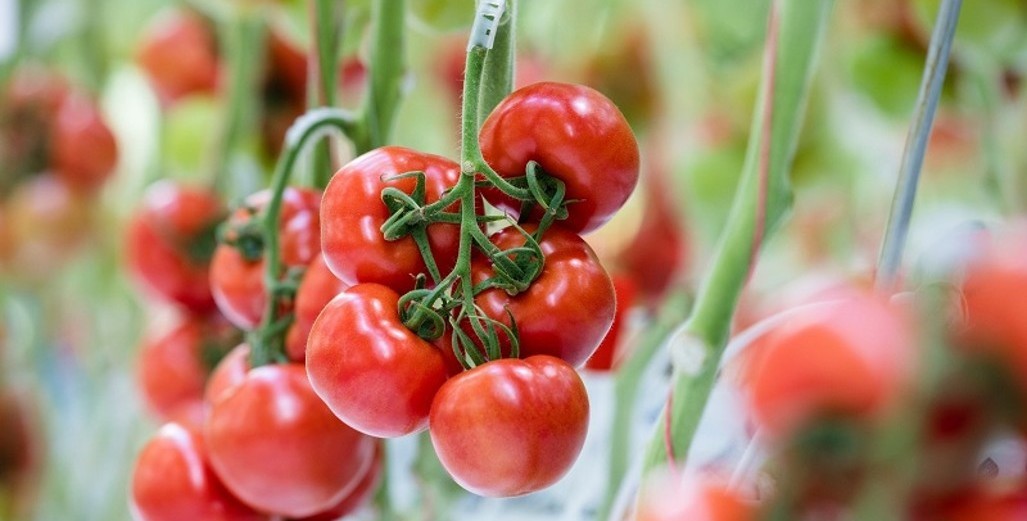


_(003).jpg)


.jpg)